Project 641B Som the Catfish
With the extraordinarily successful 1950’s designed second generation conventional submarines of the project 641 Foxtrot class still in full production the hunt for a successor submarine began.
Derived from the basic layout of the original Foxtrot a new project known as 641B Som (Catfish) was born.
These submarines would follow similar lines to the original Foxtrot, both submarines are conventionally powered and have triple screw arrangement, however the tango has shrouded screws unlike the foxtrot.
Tango class: B515 / U434 Hamburg Germany Foxtrot class: B143 Zeebrugge Belgium
The new project would be designed in the mid to late 1960’s by the chief designer Z.A Deribin of the Rubin design bureau with the first submarine B443 being laid down in Gorkiy September 1971, launched September 1972 and entering service at the end of December 1972..
A total of 18 submarines would be built at Gorkiy and then transported via barge and inland waterways to their operational station.
The last one B380 entered into service on December 1982, Just three years after the 74th and final foxtrot was completed. (this was an export submarine for the Cuban navy)
The order was ultimately cut short and was never made in the same numbers as the tango was no more than a heavily modified version of the earlier foxtrot and in reality the navy ultimately had no real need for this submarine as a more advanced tear drop shape submarine would become available in the 1980’s, this would later be known as project 877 or to the west the Kilo class.
The Tango’s because of the improvements and modification ultimately belonged to the third generation of conventional submarines but some would say this was a interim half way generation belonging neither to the second or third generation.
As a result of the modifications they did encompassed many advances in technology plus, a big increase in hull volume over the foxtrot.
One noticeable change was the rubber coating which adorned the outer casing of the submarine leading to the crews to nickname them the Rezinkas (Rubbers).
Another noticeable feature which was retrofitted on older foxtrots was rafting, this allowed the submarines to become quieter during their operations.
The tango would also feature the first real automated ship control system to be put into a conventional submarine, up until then this had been the preserve of only the nuclear submarines chiefly the project 705 Lira (Alfa class) and several others.
The Tango’s would ultimately not enjoy the long service lives like their predecessors did with many serving only around 20 years on average, this ultimately was due to the collapse of the Soviet Union and lack of funding in the 1990’s which saw most of the soviet fleet laid up for lack of funds.
The tangos despite their younger age began withdrawing from service around 1995 with the last one leaving service of the black sea fleet after being laid up awaiting overhaul for a very long time in 2016 (this was B380).
The Tangos in their short lives however did prove worthy opponents, in speaking with a former Royal Navy submariner its clear the rubber coating and rafting made a large difference in the acoustic signature and like many conventional submarines on battery power they were quiet.
The Power Plant
The Tangos like the older foxtrots used three Kolumna 2D42 engines producing 4.6mw or 6,200shp to power the boat at 13 knots on the surface.
A bank of high-capacity lead acid batteries would be used to power two PG-101 1,350shp and one PG-102 2,700shp electric motors giving the tango a top speed underwater of around 16 knots.
A single PG-104 140hp auxiliary motor was also installed to compliment the other units when high hotel loads were required.
The submarine at an economical 7 knots could achieve a radius of operation of close to 14,000nm making them ocean going submarines, submerged at a little over 2 knots they could achieve around 400nm without the need to snort.
B515/U434 Electric motor control B396 Electric motor control B515/U434 Diesel engines B515/U434 Diesel engines
Dimensions
Sporting a double hull the slightly larger the tango had a length of 92 meters, a beam of just under 9 meters and a draft of 6 meters, this increase in volume allowed the submarine to remain submerged for around ten days without the need to surface or snort, the double hull also allowed for a decent reserve buoyancy of 26%.
The Tango class was a large long range submarine and surfaced they displaced 2,700 tons while submerged the displacement increased to 3,600 tons.
With the increase in dimensions and a reduction in crew due to increased automation the standard 62 crew could stow provisions for at least 80 days while overall habitability in all seven compartments was improved greatly.
Diving capability was also increased with a maximum operational depth of 300 meters as opposed to 280 meters in the foxtrot this is due to the increased thickness in the pressure hull which ranged from 22mm to 35mm.
B396 in Moscow Russia
Weapons and Sensors
The tangos were designed from the outset much like the foxtrot to focus on anti shipping duties and long range patrolling and their sensor systems reflect this.
With a broader beam the tango was able to carry improved sensors and was chiefly designed to take on surface ships and for that they used the MGK-400 Rubikon sonar system coupled with the MG-519 Arfa mine detection sonar.
For navigation and surface ship detection the MRK-50 Kaskad radar complex was used in conjunction with the MRP-25 ESM, this fed data to the MVU-110 Uzel combat information control system, PIRS navigation system was also installed, two boats were later refitted to use the GPBA Pelamida complex during the late 1980’s.
Unlike the earlier foxtrot class the tangos did not however have stern torpedo tubes, instead they are armed with six 533mm (21inch) torpedo tubes in the bow and a automated reloading device meaning the tango could achieve a faster reload rate.
The tango could carry a mix of SET-65, 53-65K, USET-80 torpedoes or mines with the capability of carrying twenty-four reloads in her first compartment.
B515/U434 Masts Fire control complex B396 Sonar complex B396 Torpedo compartment B396 Masts of B396
Tango’s Today
With most of the boats being withdrawn from service between 1995 and 2001 they ultimately ended up being scrapped however, three boats did become museums.
B-396 is currently in Moscow https://museumships.us/russia/b396
B-515 known as U434 is currently in Hamburg Germany https://museumships.us/germany/u-434-b-515
B-307 Is on display in Togliatti Russia https://museumships.us/russia/b307
B-380 the last surviving Tango which had been laid up awaiting overhaul for a number of years remained with the Black Sea Fleet at Novorossiysk until being retired in 2016, due to the introduction of the first new project 636.3 Kilo class. Thus the B-380 was deemed surplus to requirements.
B-380 however would endure one last saga when on December 15th 2019 during scrapping in PD-16 a floating dry dock, the dock sank accidentally causing the submarine to roll over, in the end the dock was raised and scrapping continued.
B380 Rolled over and sunk B380 close up B380 on her side
Other Reading
Russia’s first nuclear submarines
https://www.navygeneralboard.com/the-first-soviet-nuclear-submarines/
Zulu class the worlds first ballistic missile submarine https://www.navygeneralboard.com/project-611-zulu-class-submarines/
The foxtrot class
https://www.navygeneralboard.com/a-cold-war-warrior-a-walkthrough-of-a-foxtrot-class-submarine/
The Typhoon the worlds largest submarine
https://www.navygeneralboard.com/russias-massive-typhoon/
Last of her kind Juliett class
https://www.navygeneralboard.com/the-last-of-her-kind/
Walk through of a SSBN
https://www.navygeneralboard.com/a-walkthrough-of-a-ssbn/
Chinas first nuclear submarine
https://www.navygeneralboard.com/the-long-march-chinas-first-nuclear-submarine/
More pictures can be found here of the Tango and others
https://www.flickr.com/photos/131313936@N03/albums


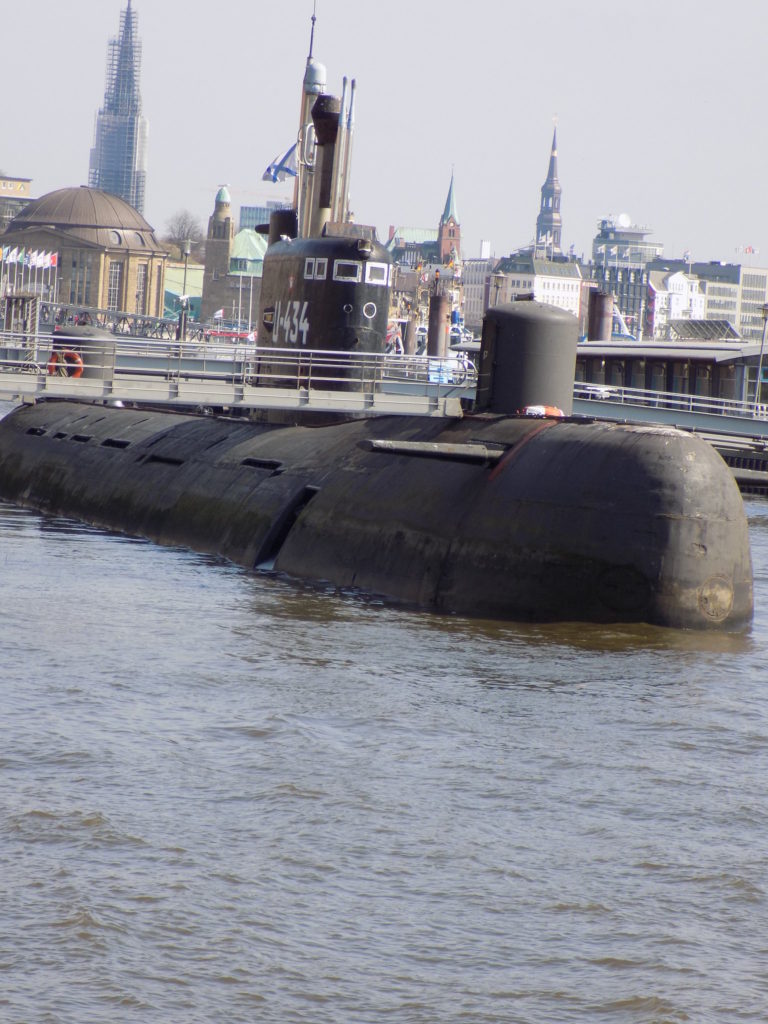
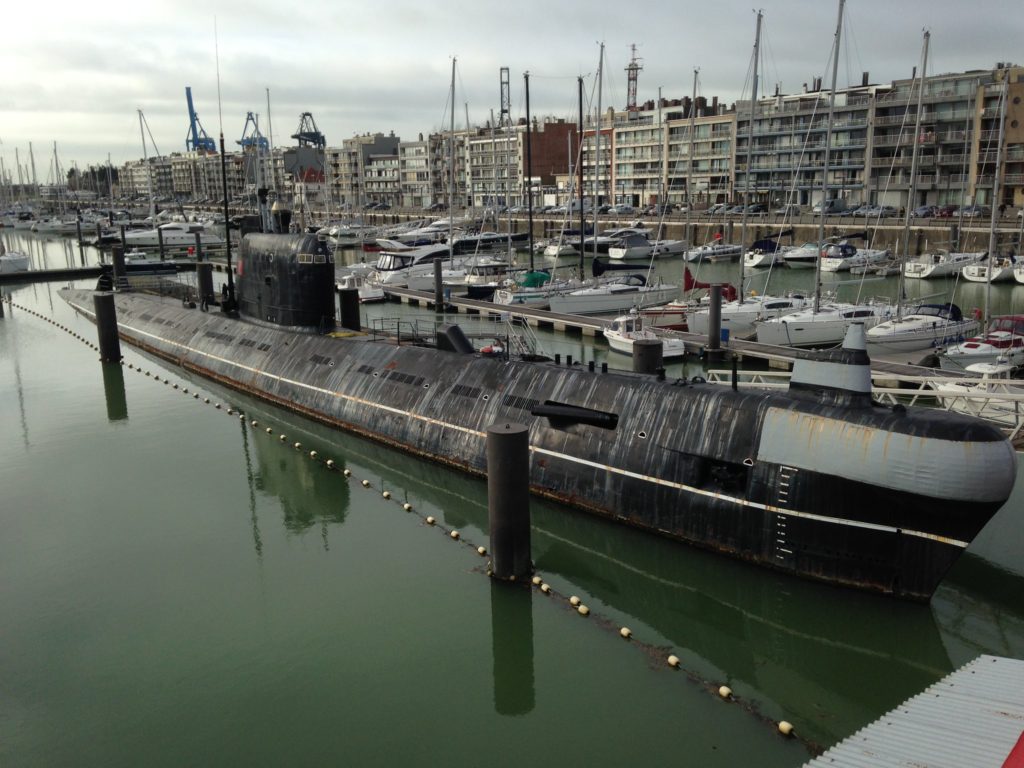
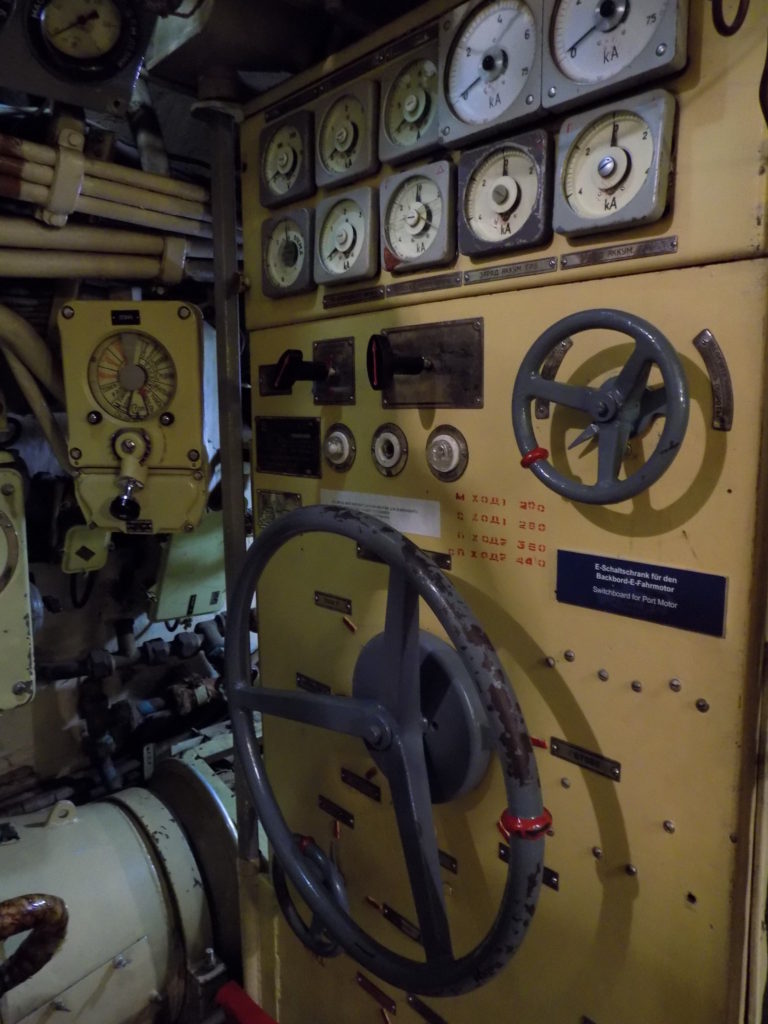
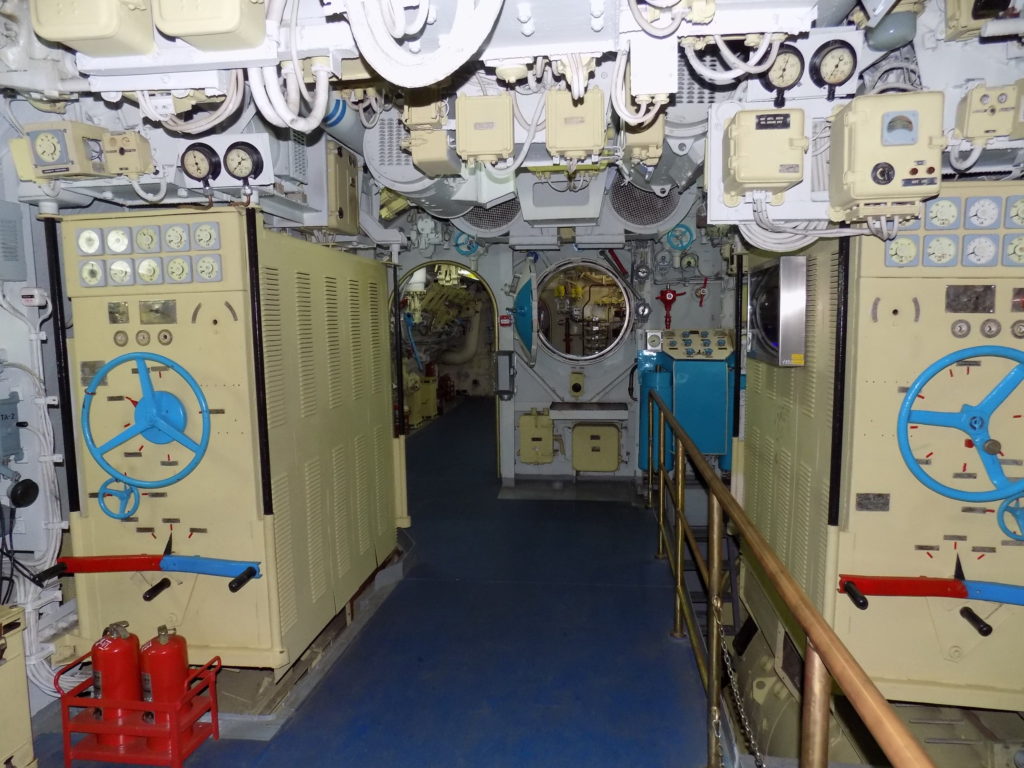
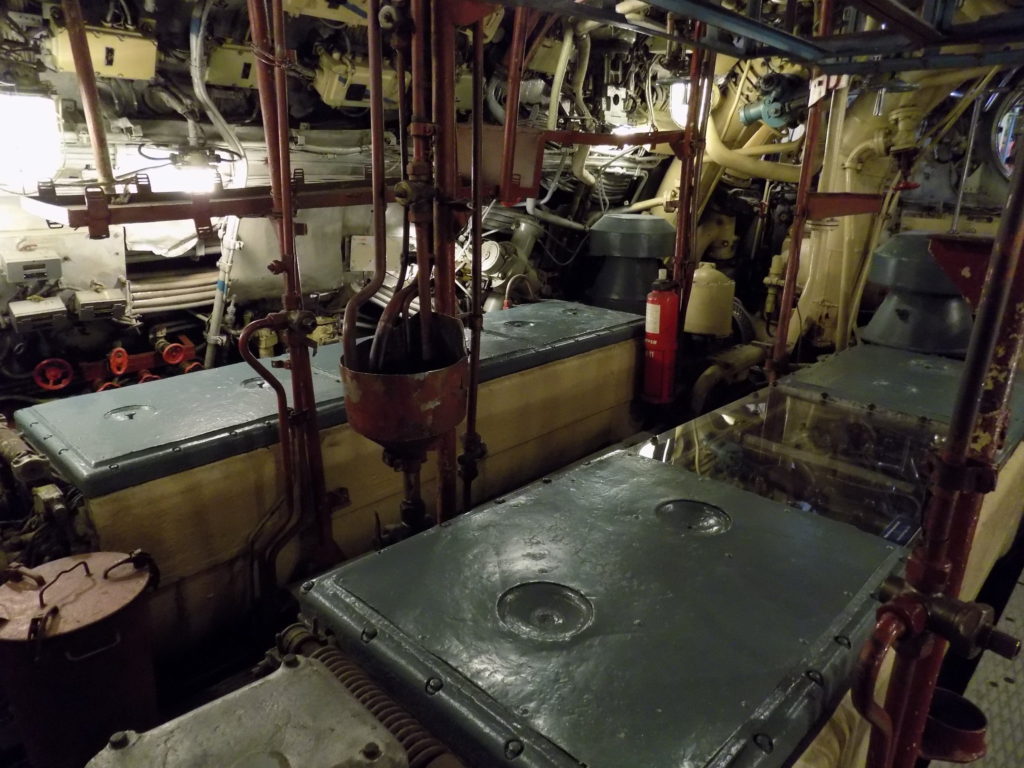
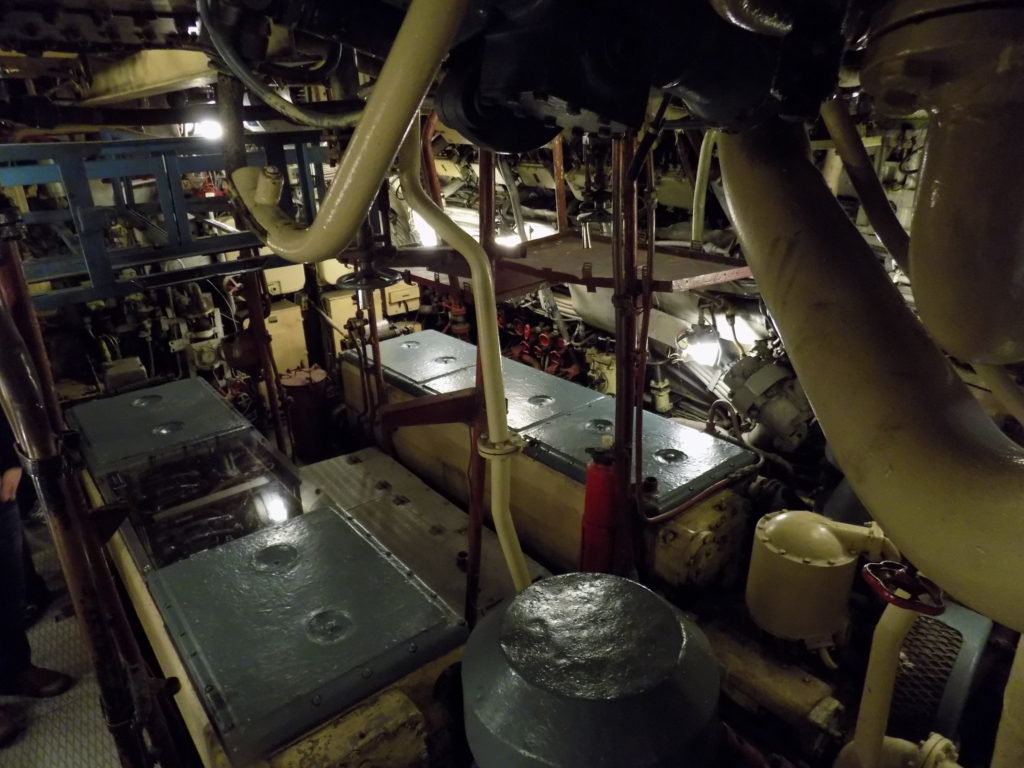
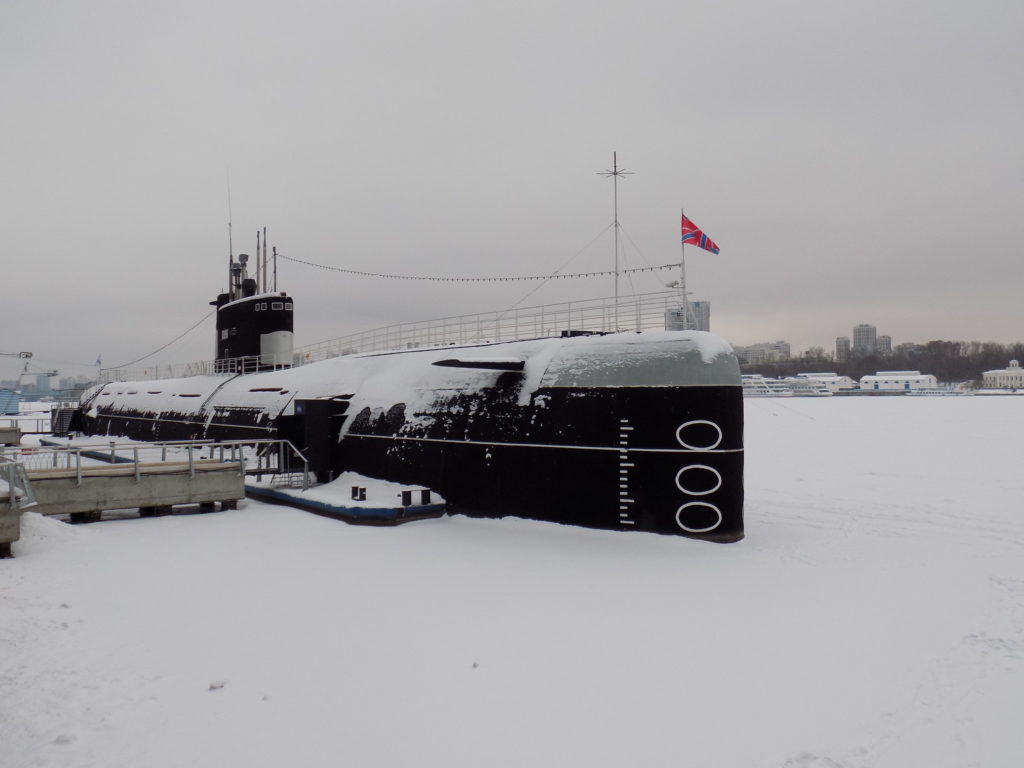
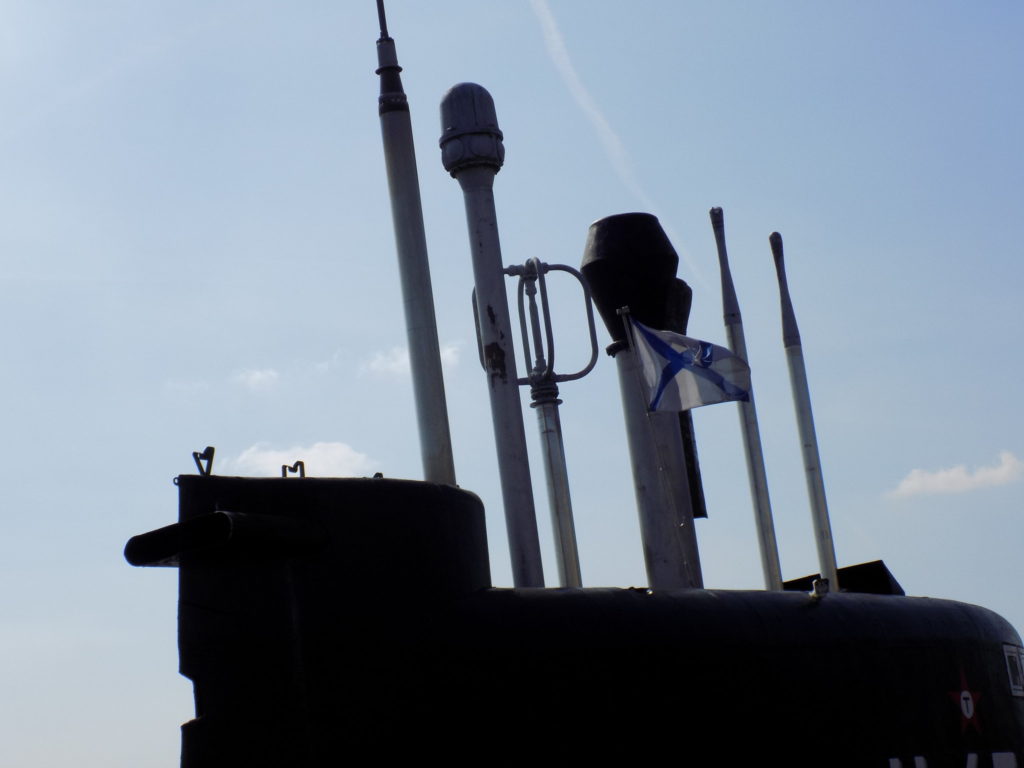
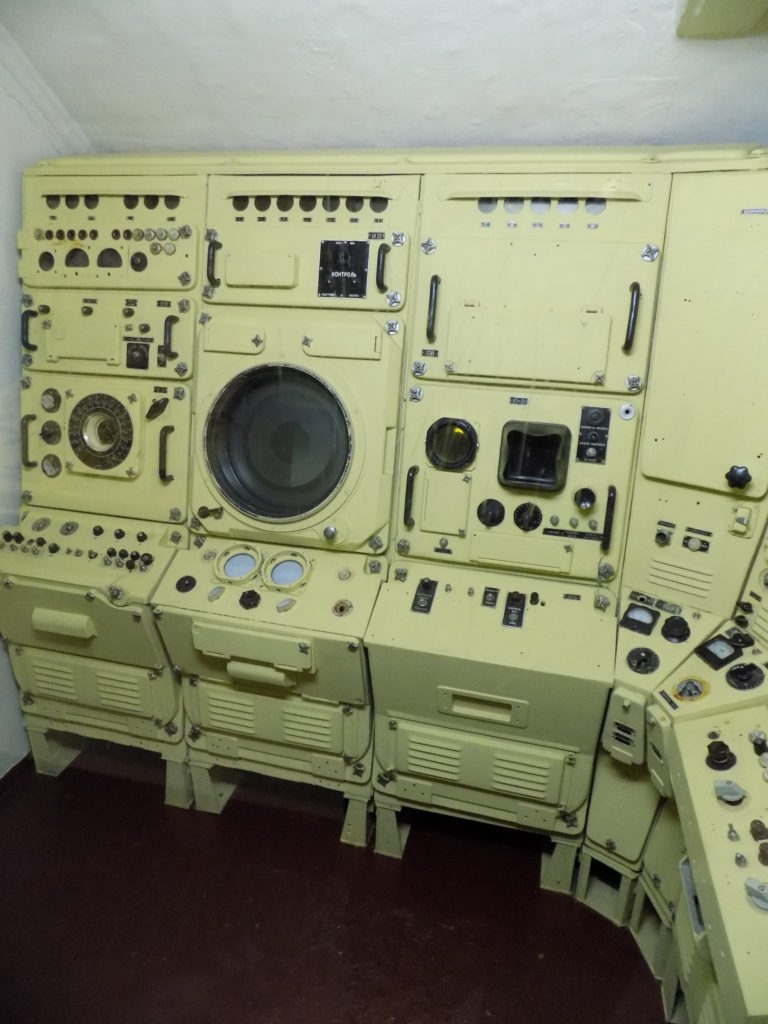
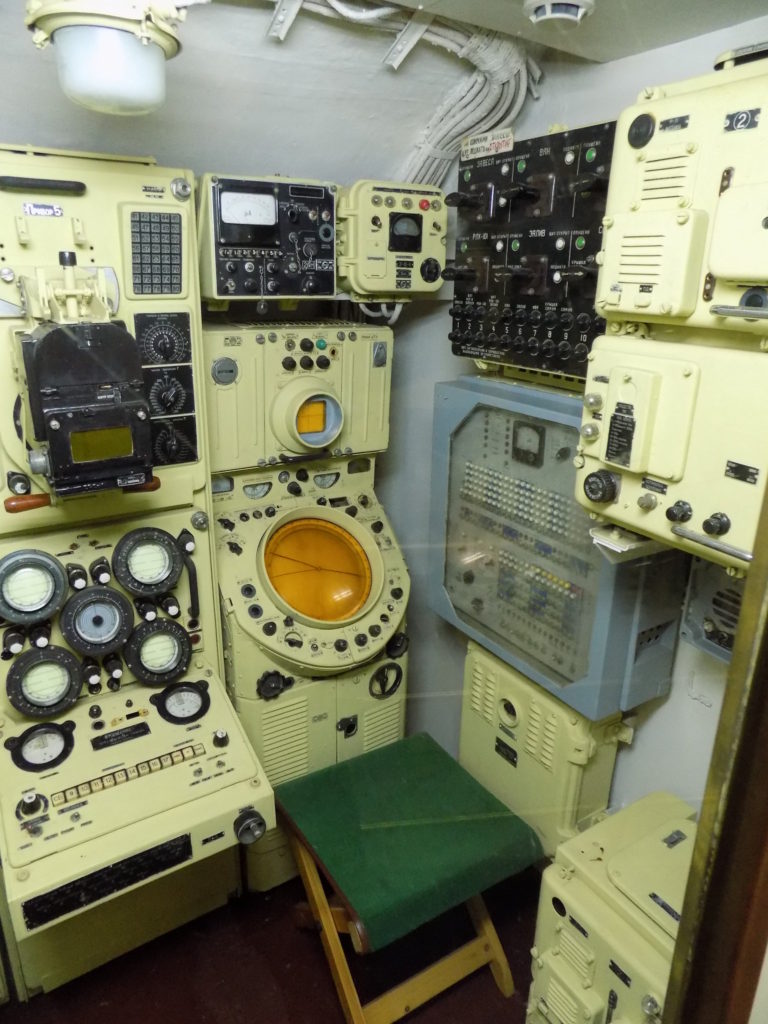
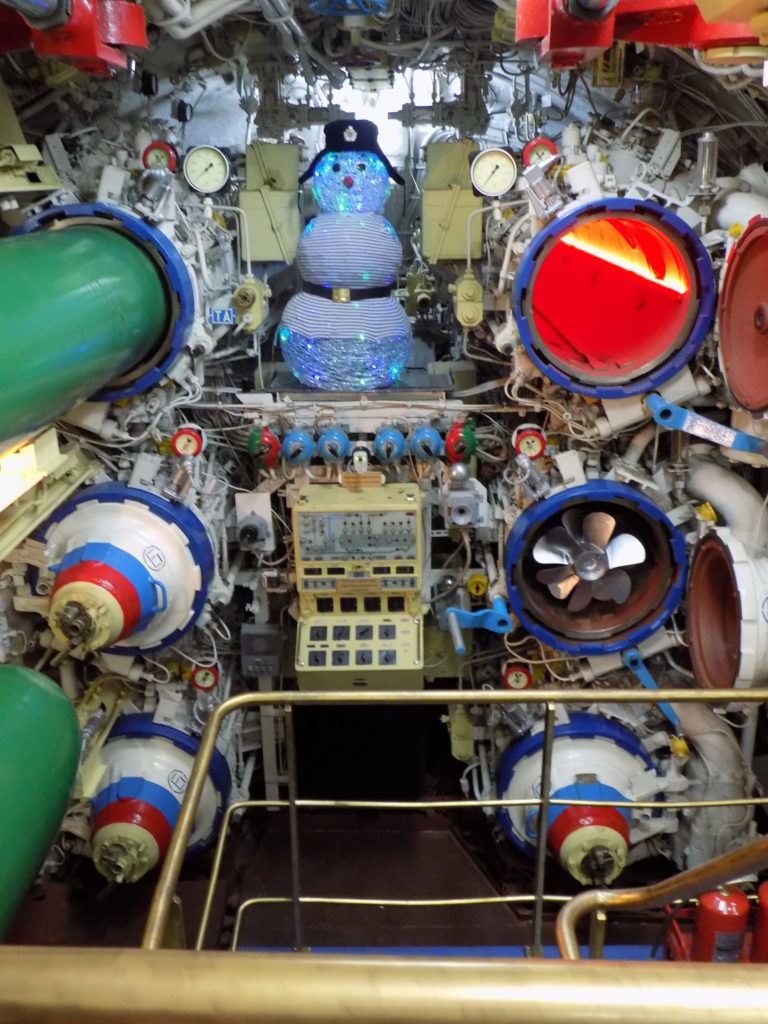
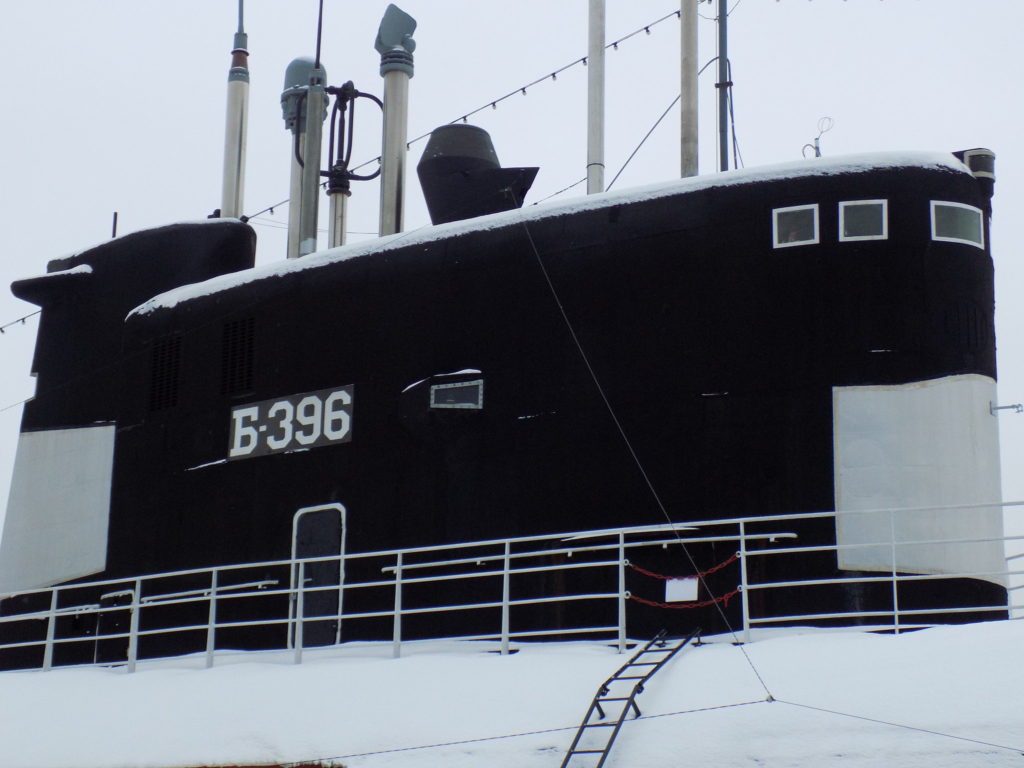
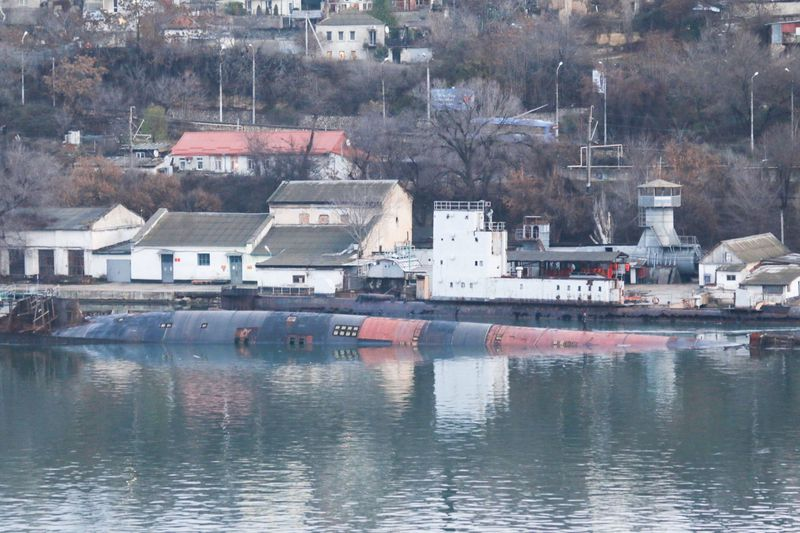
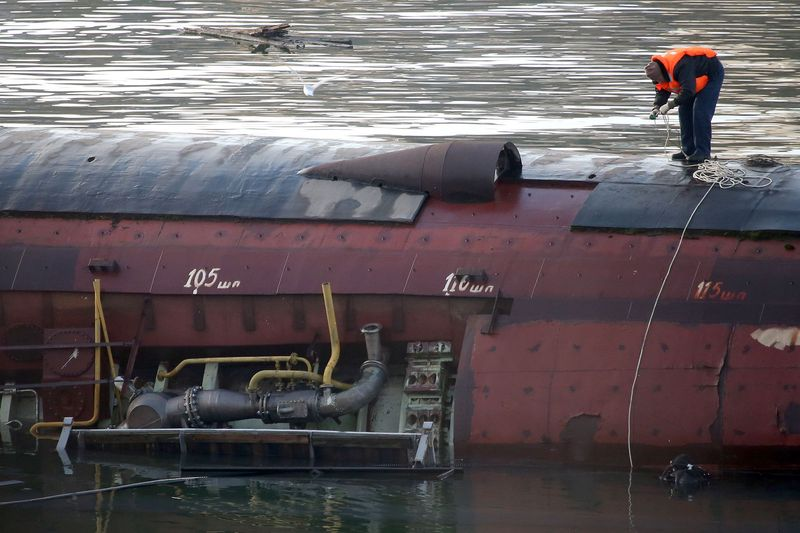
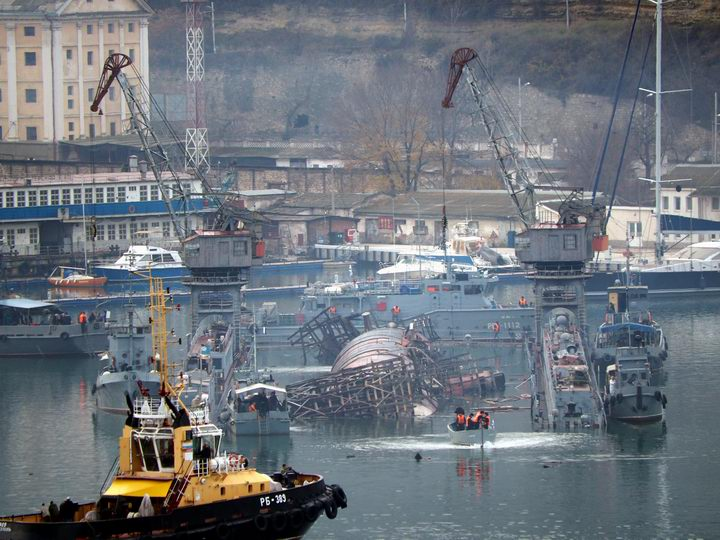

Recent Comments